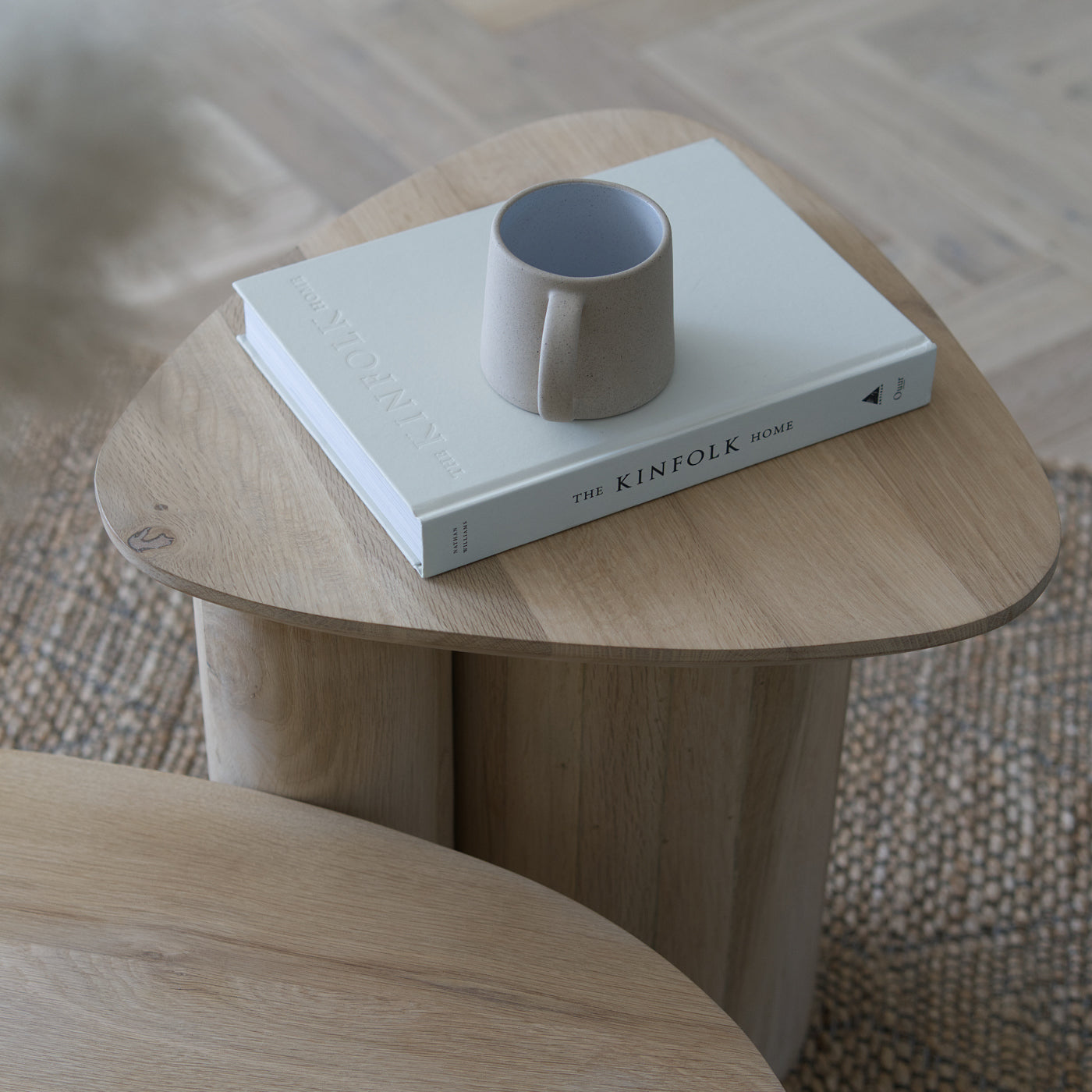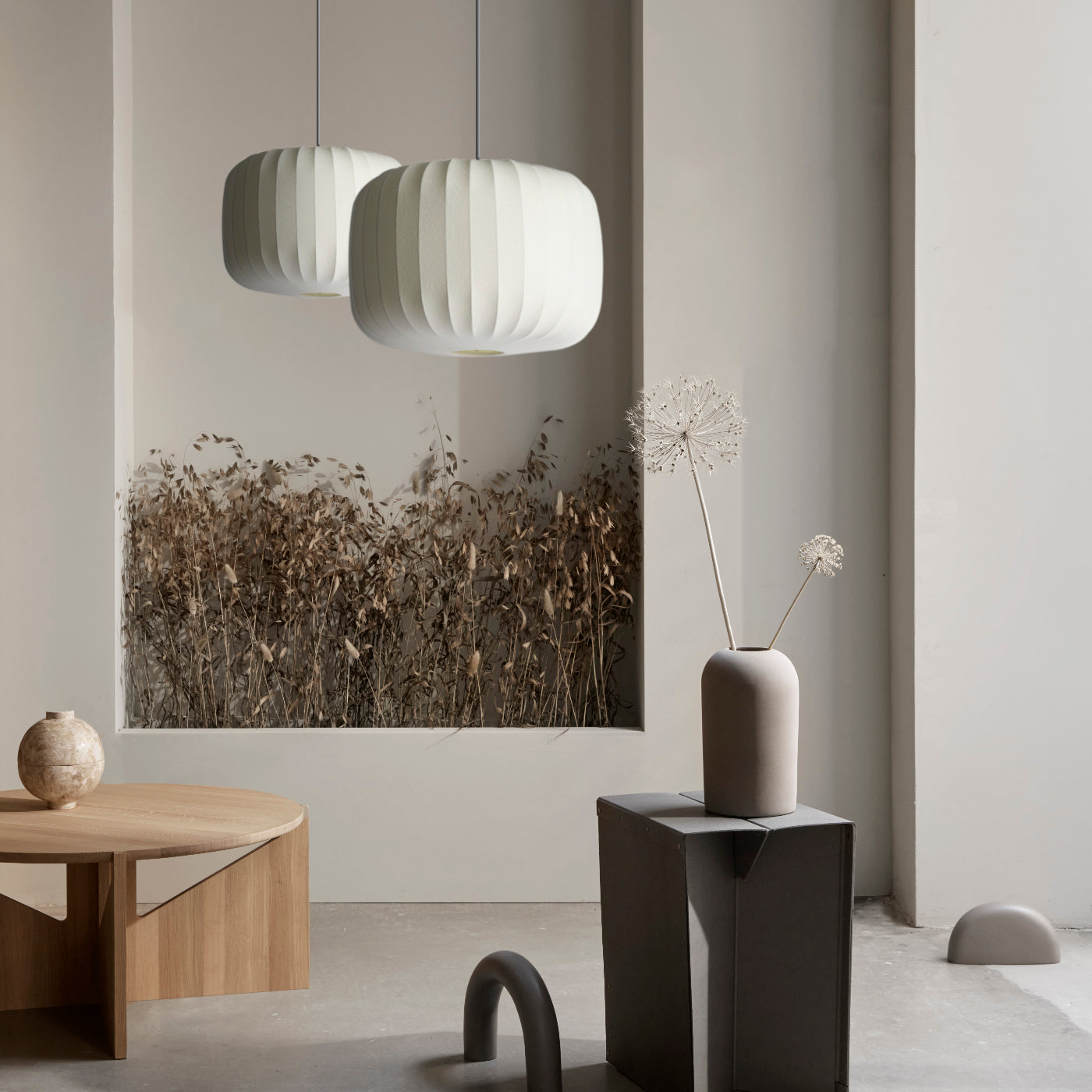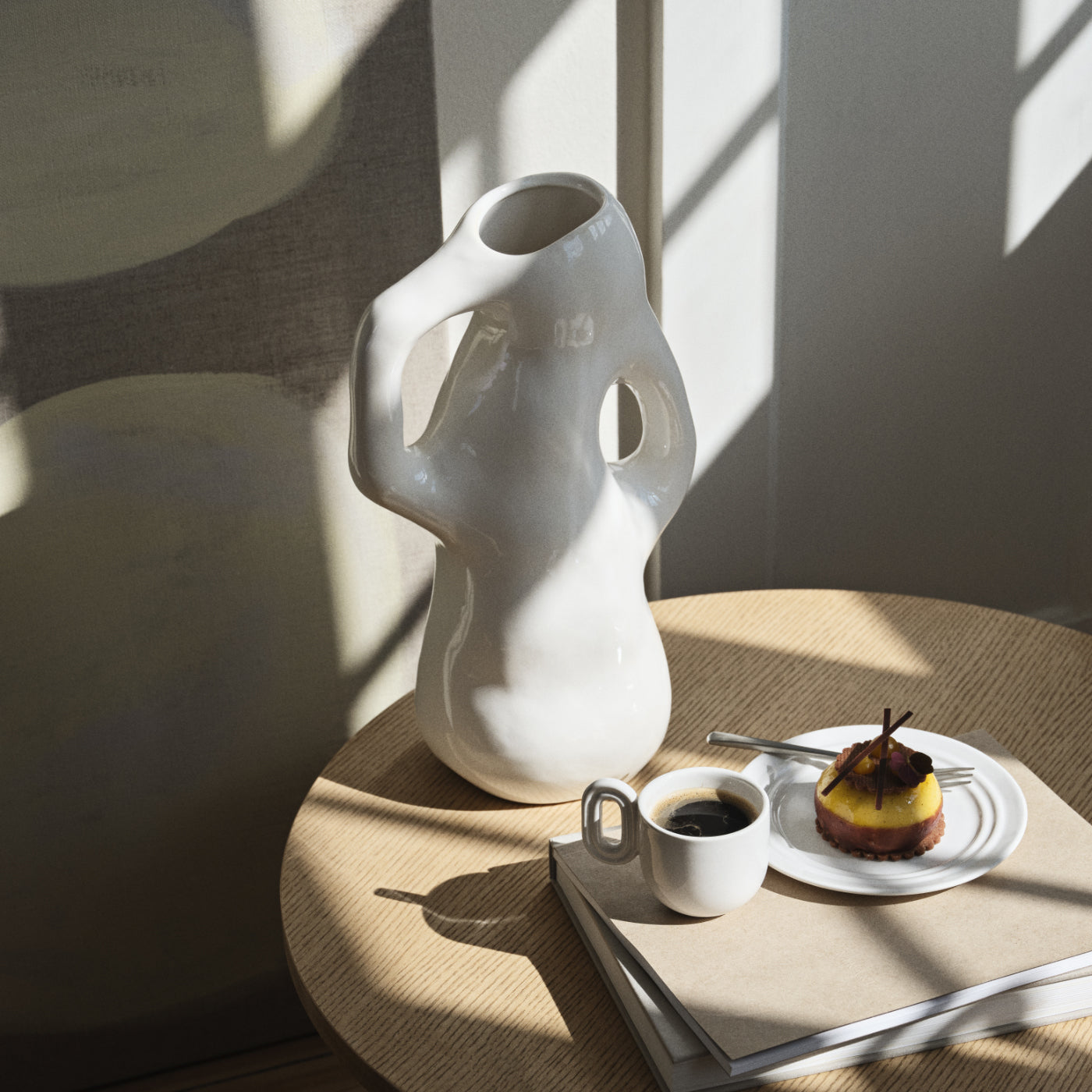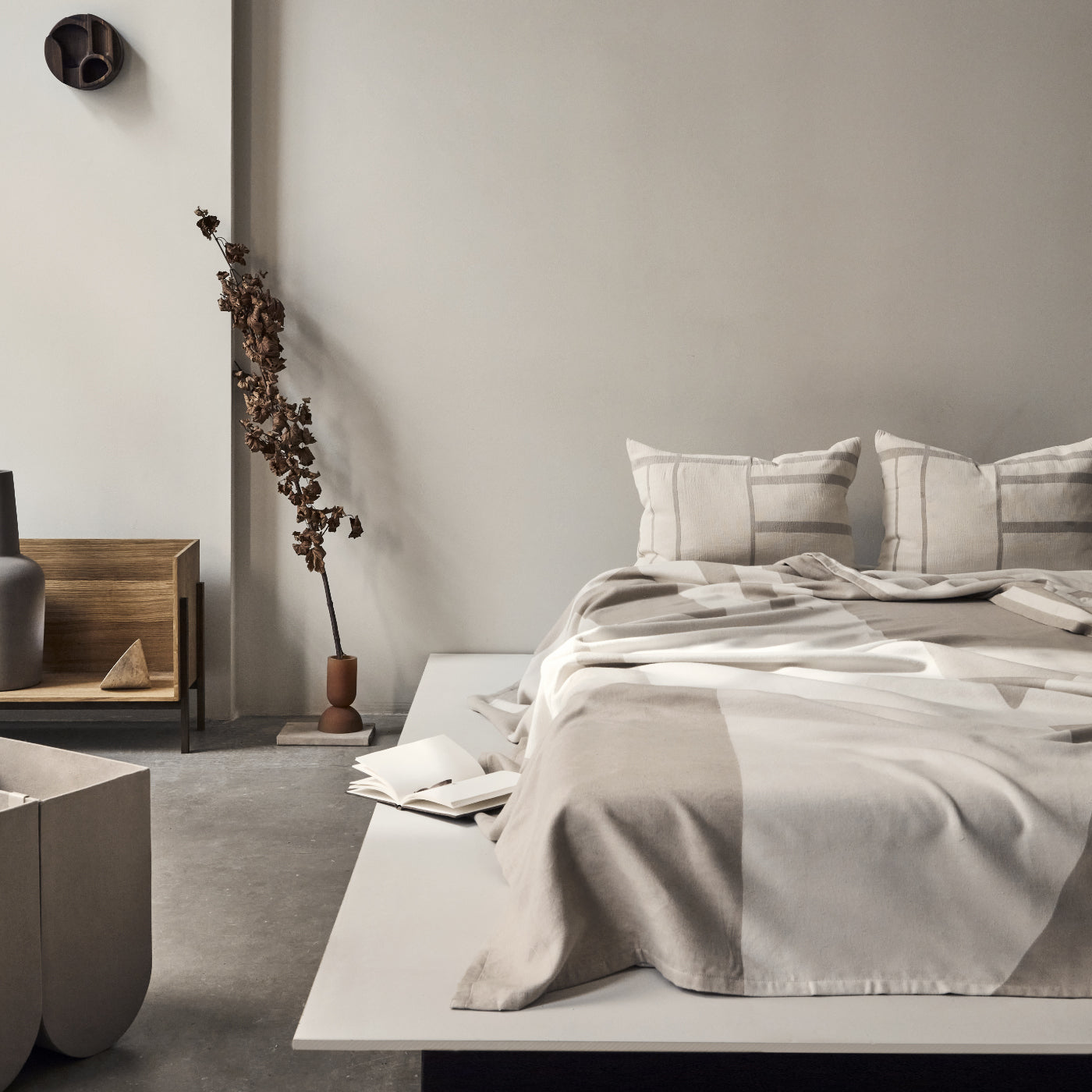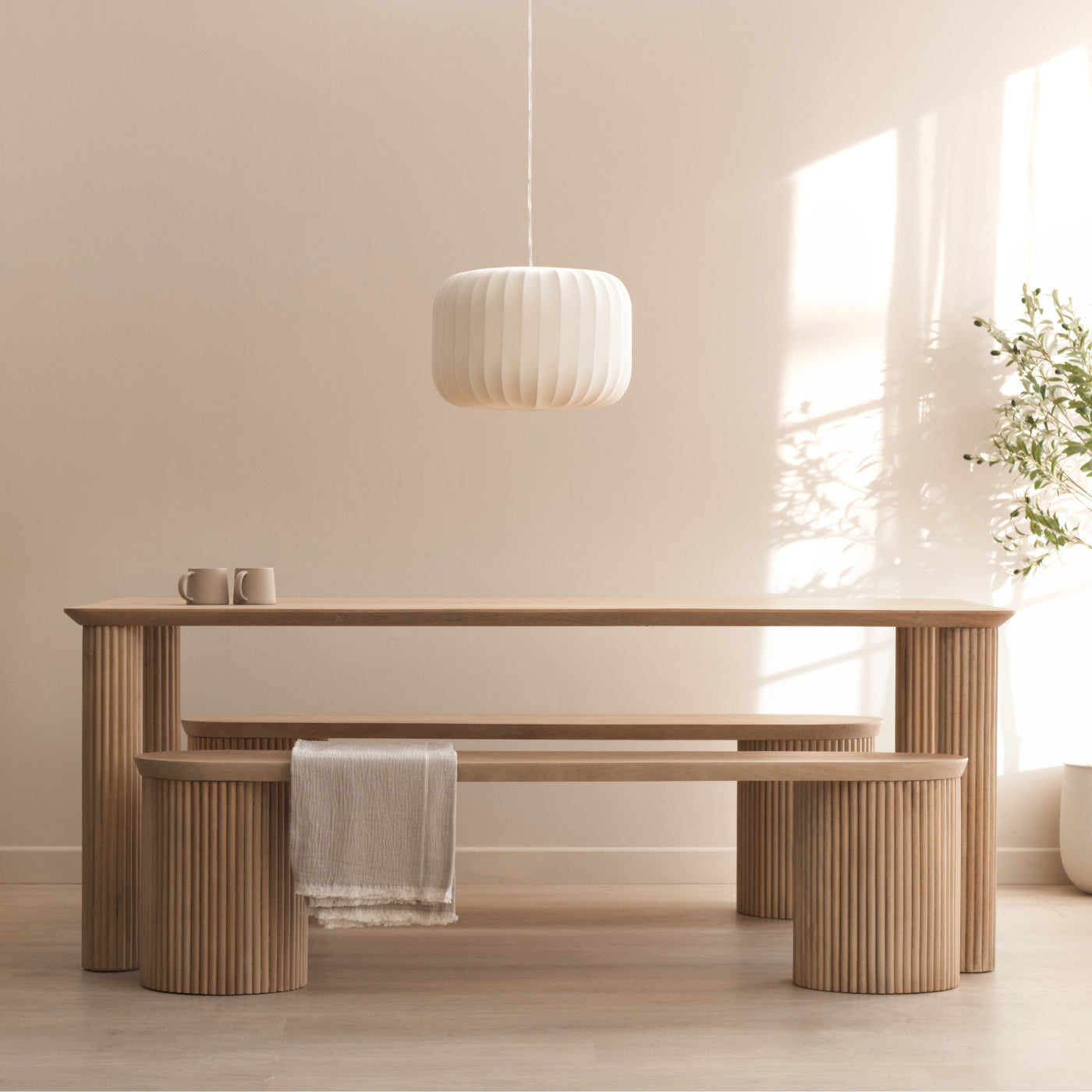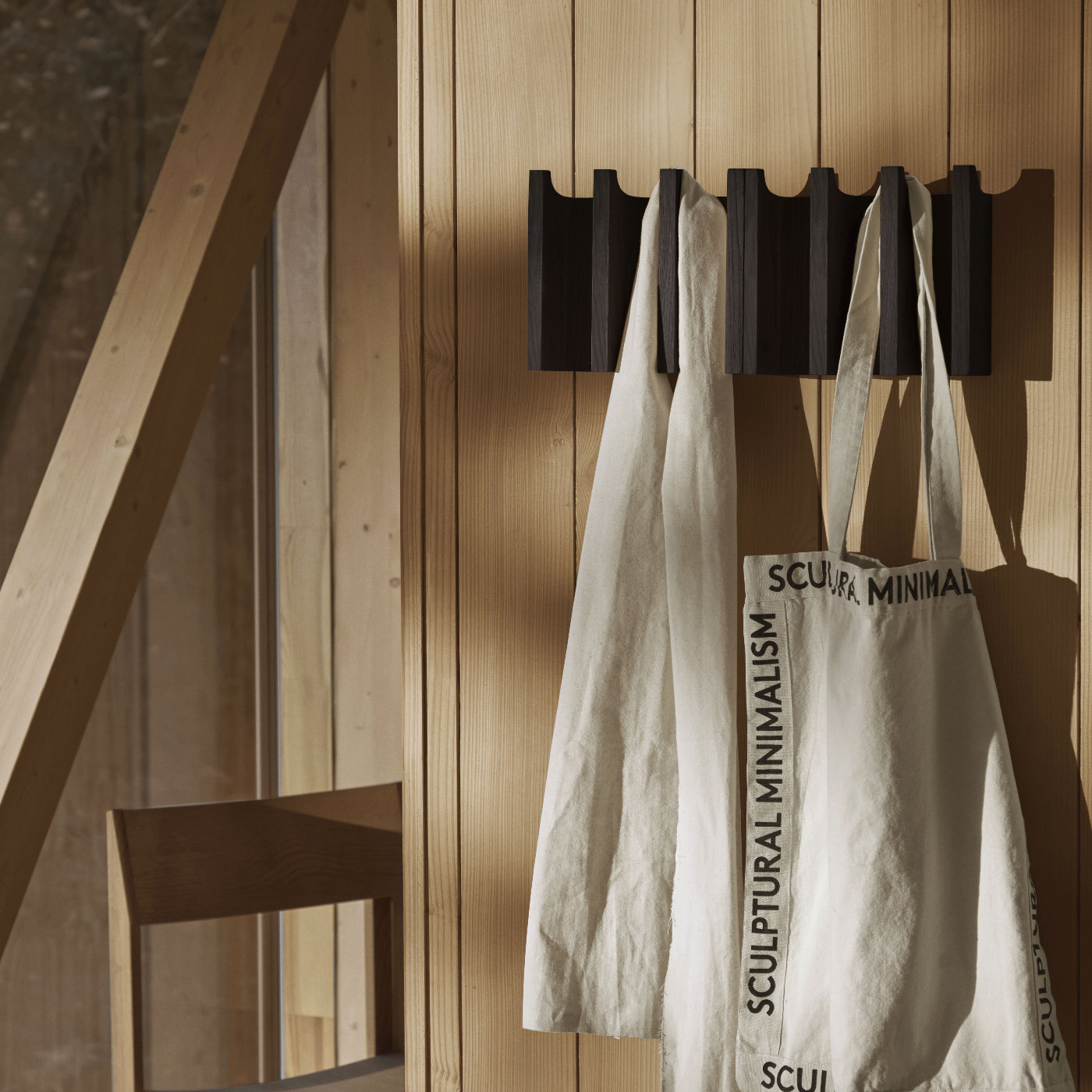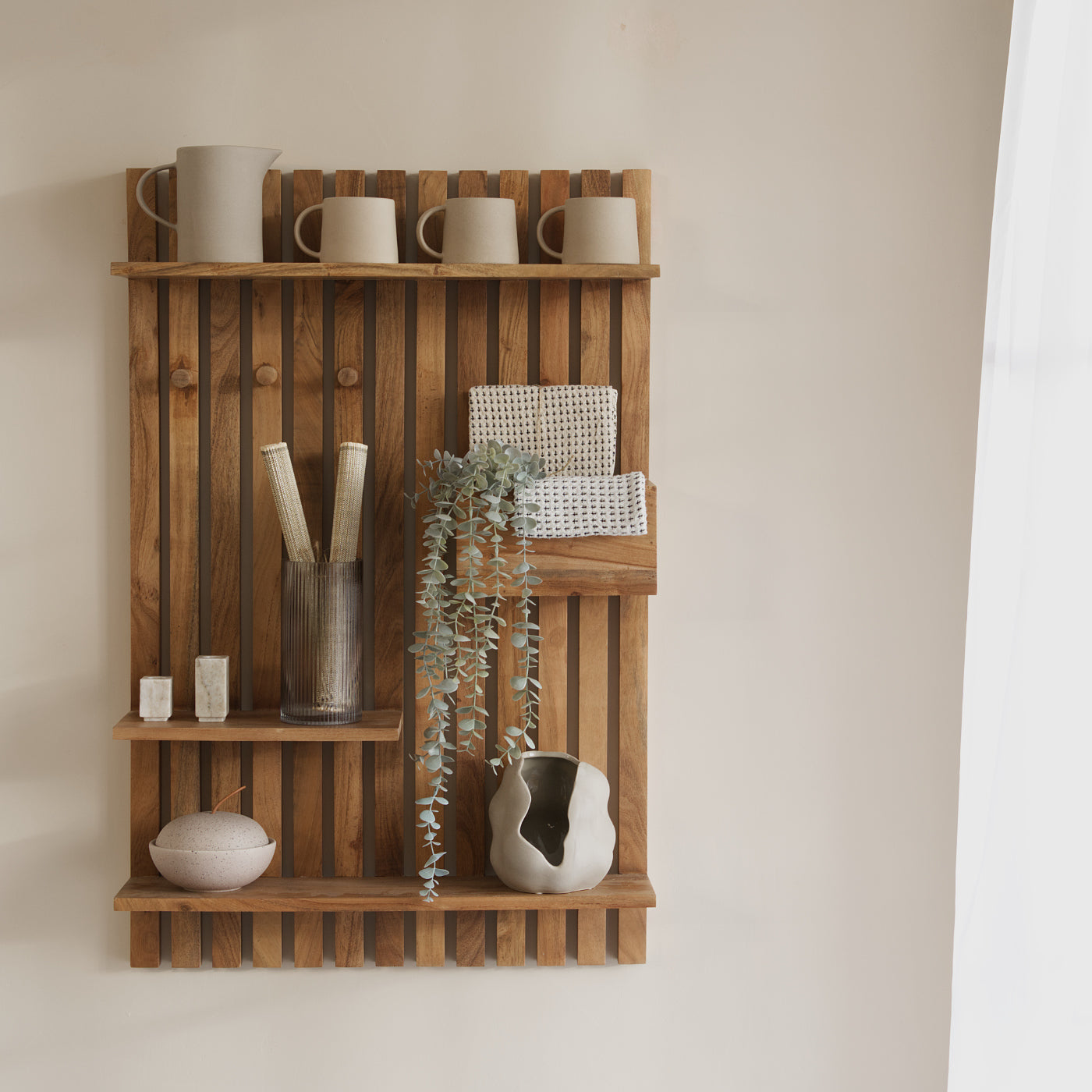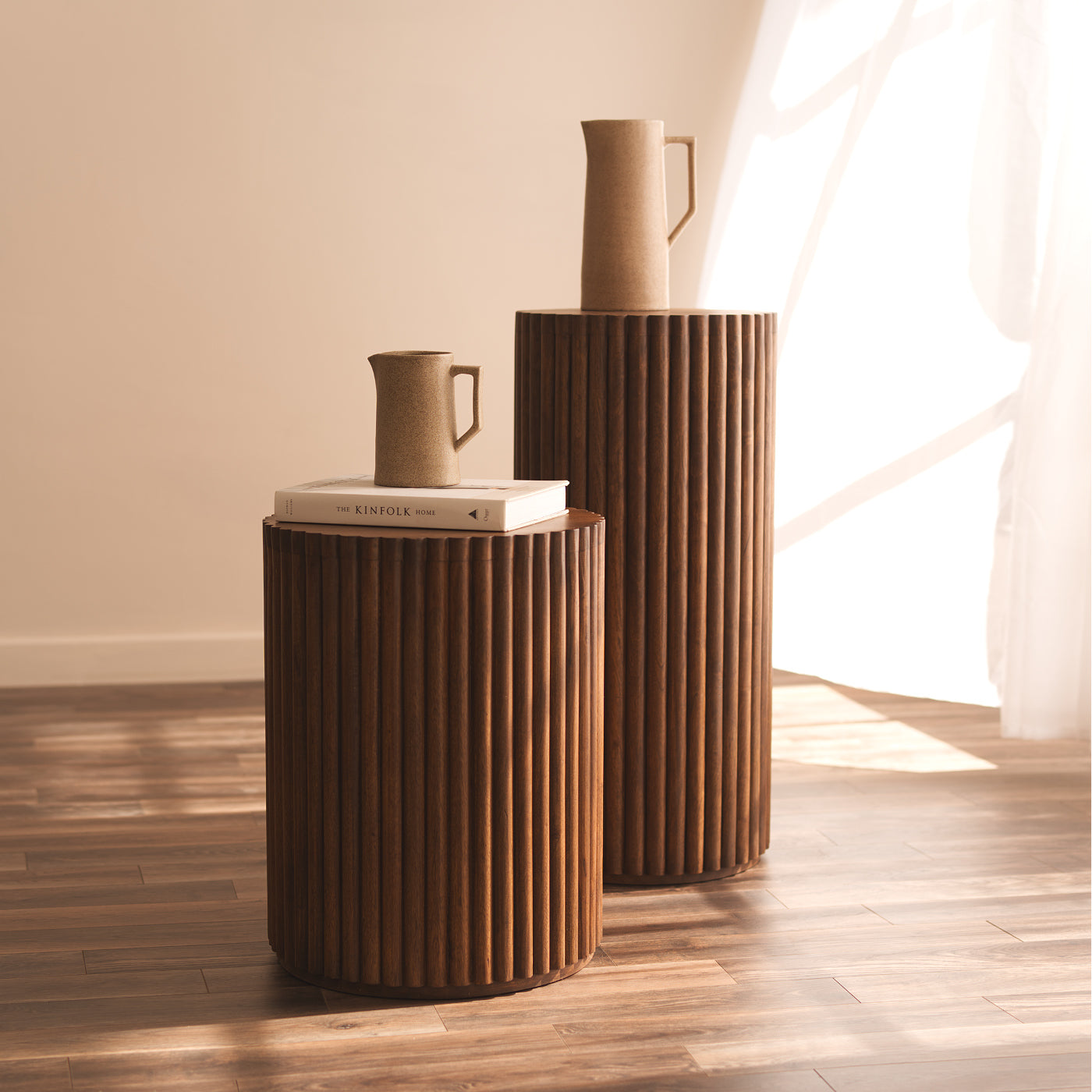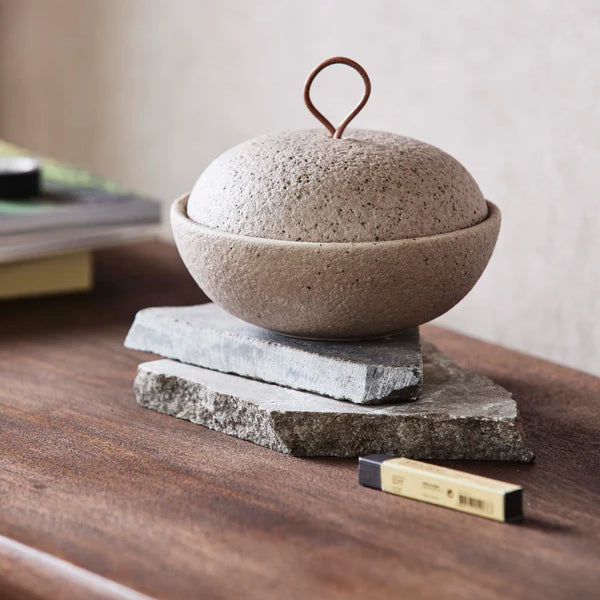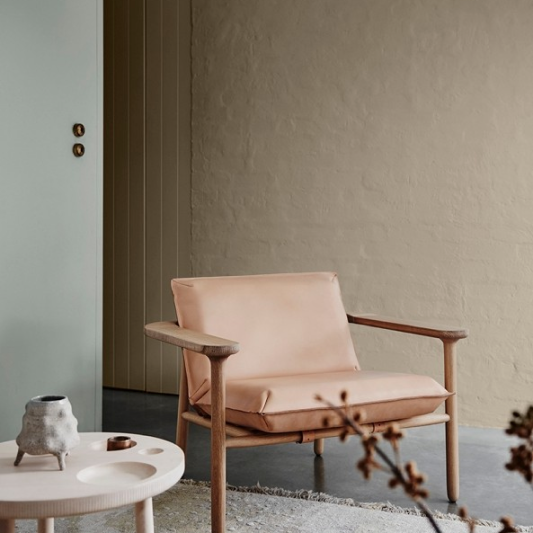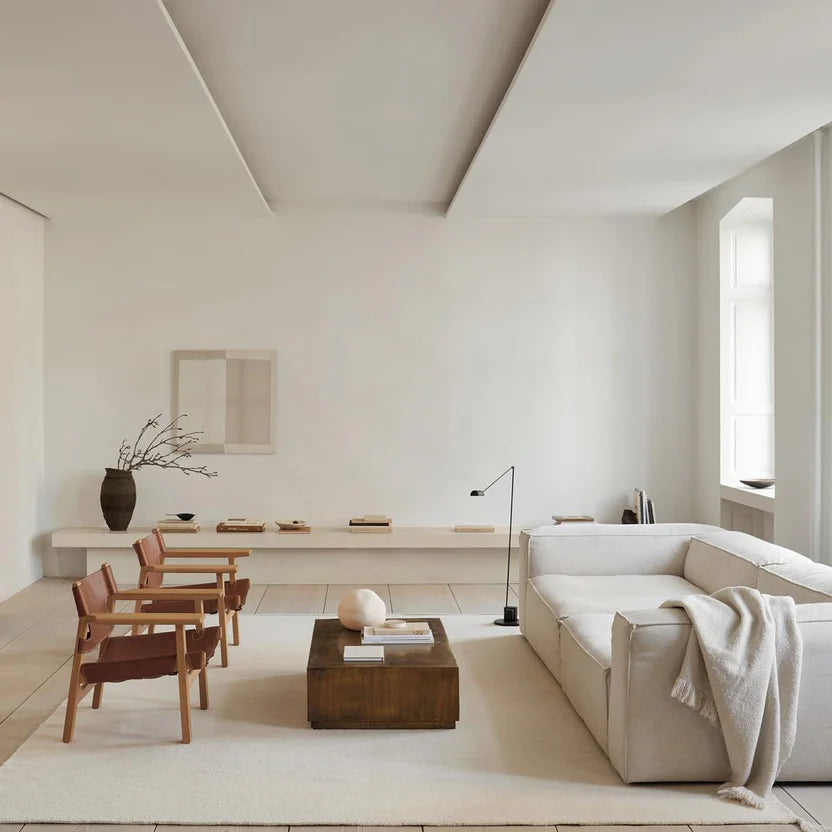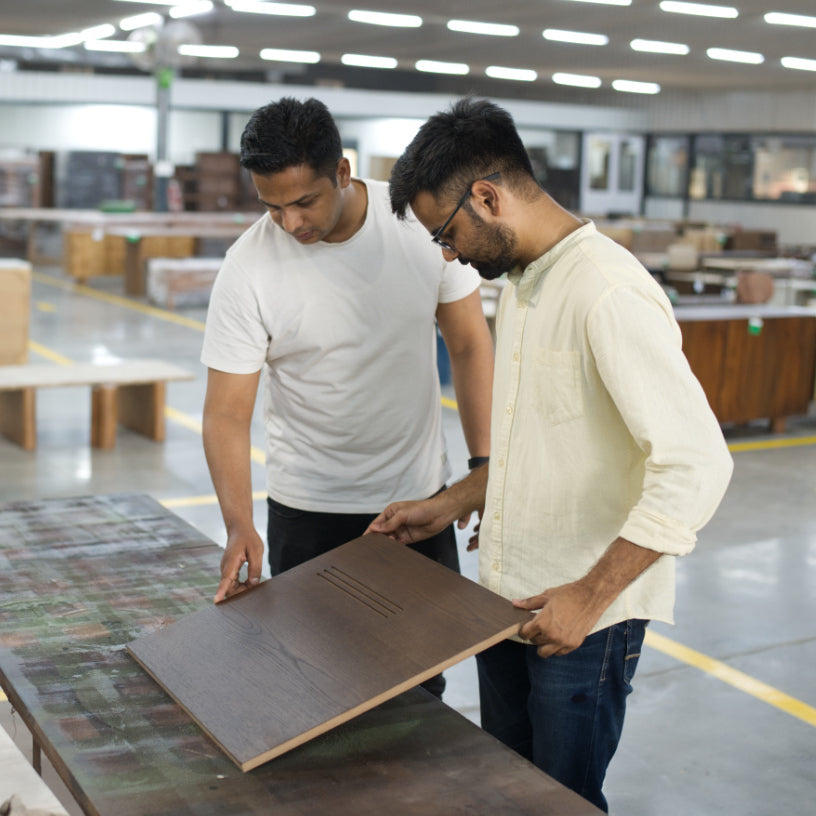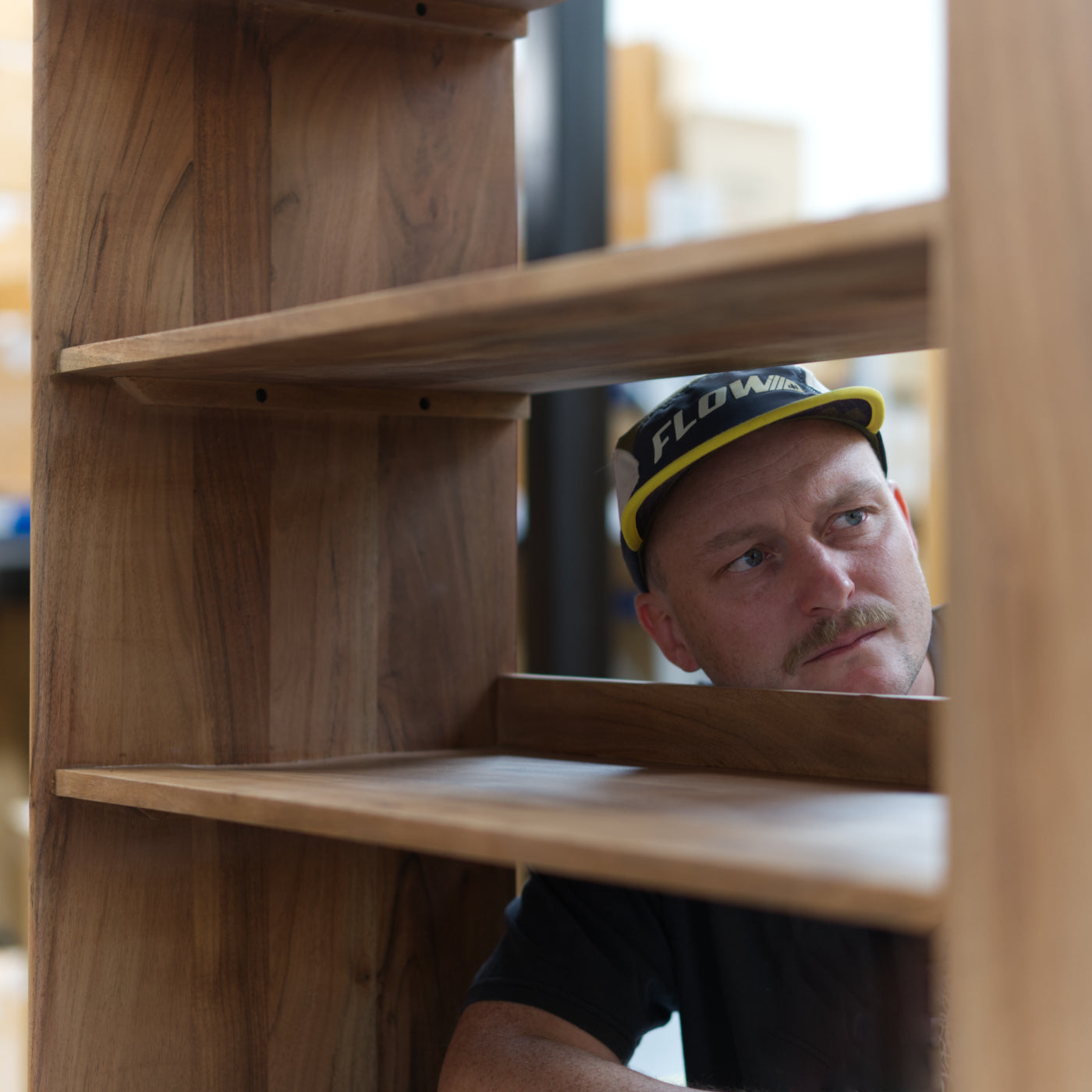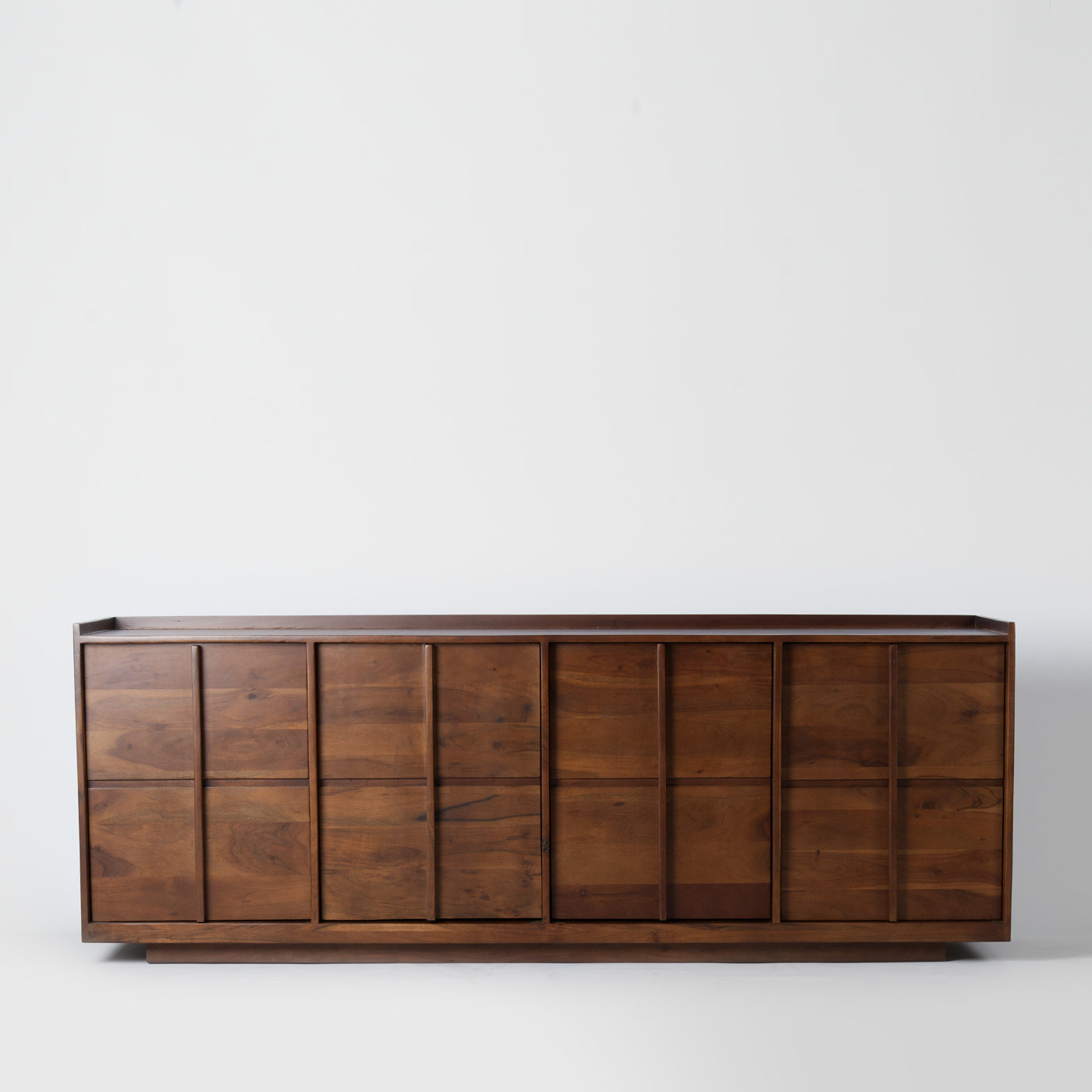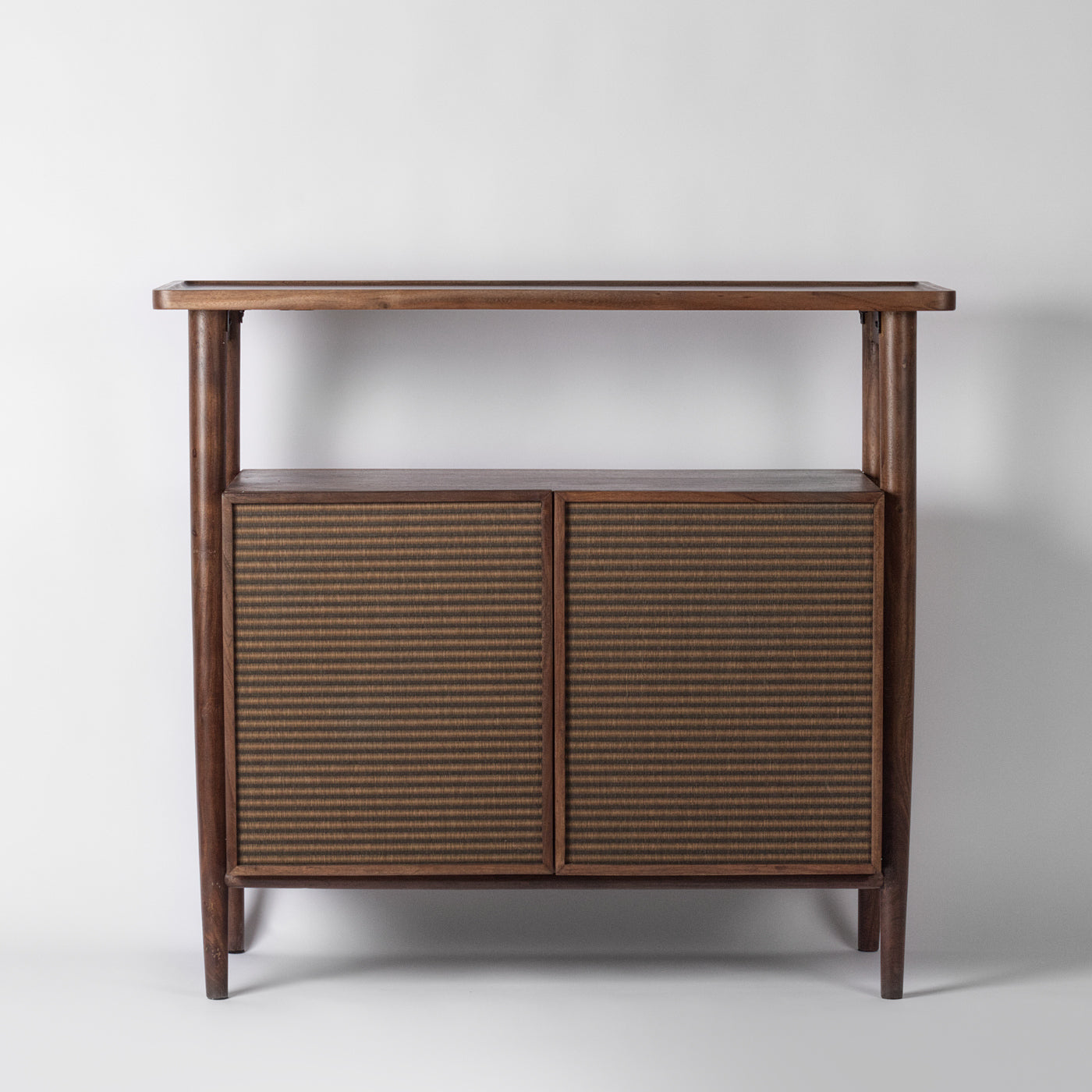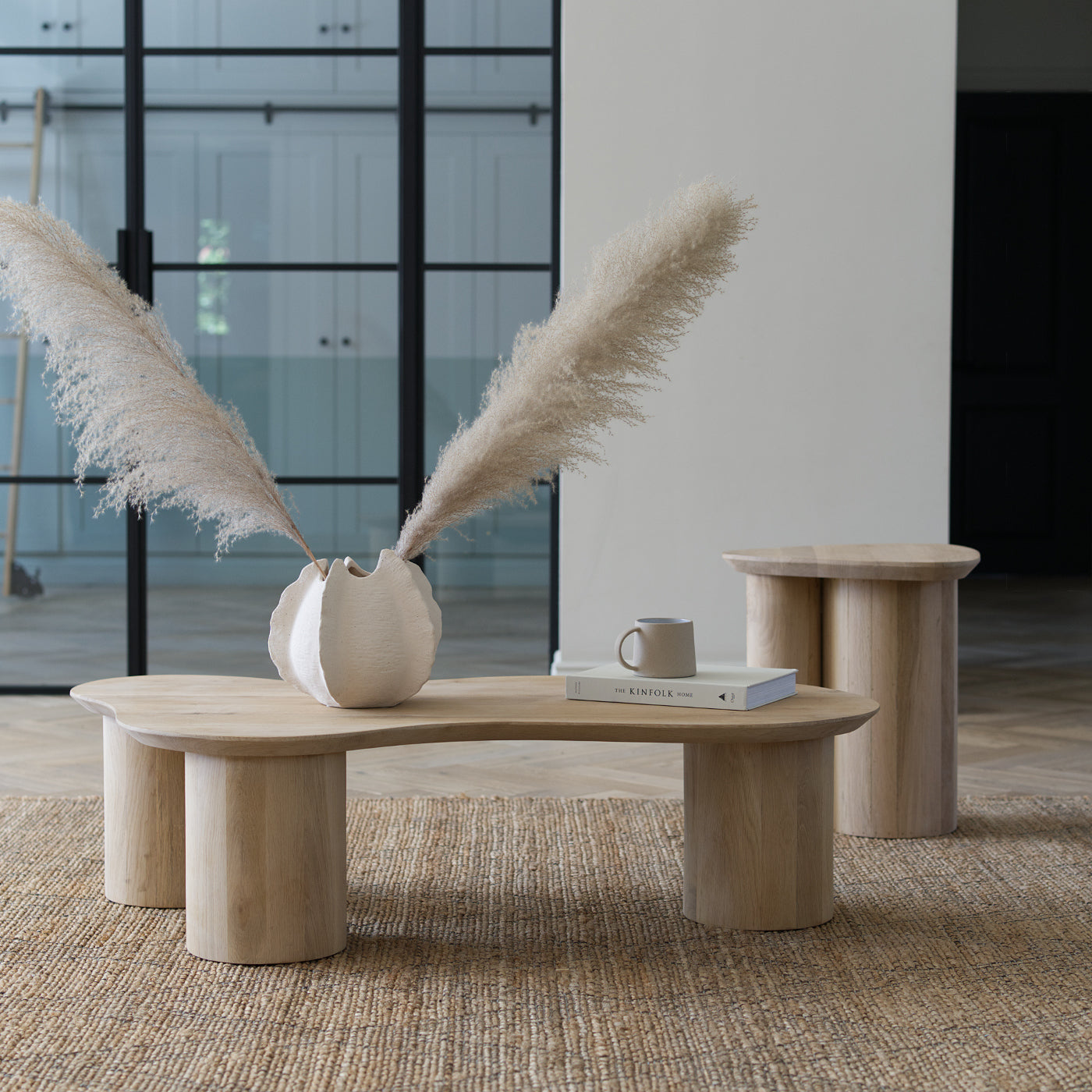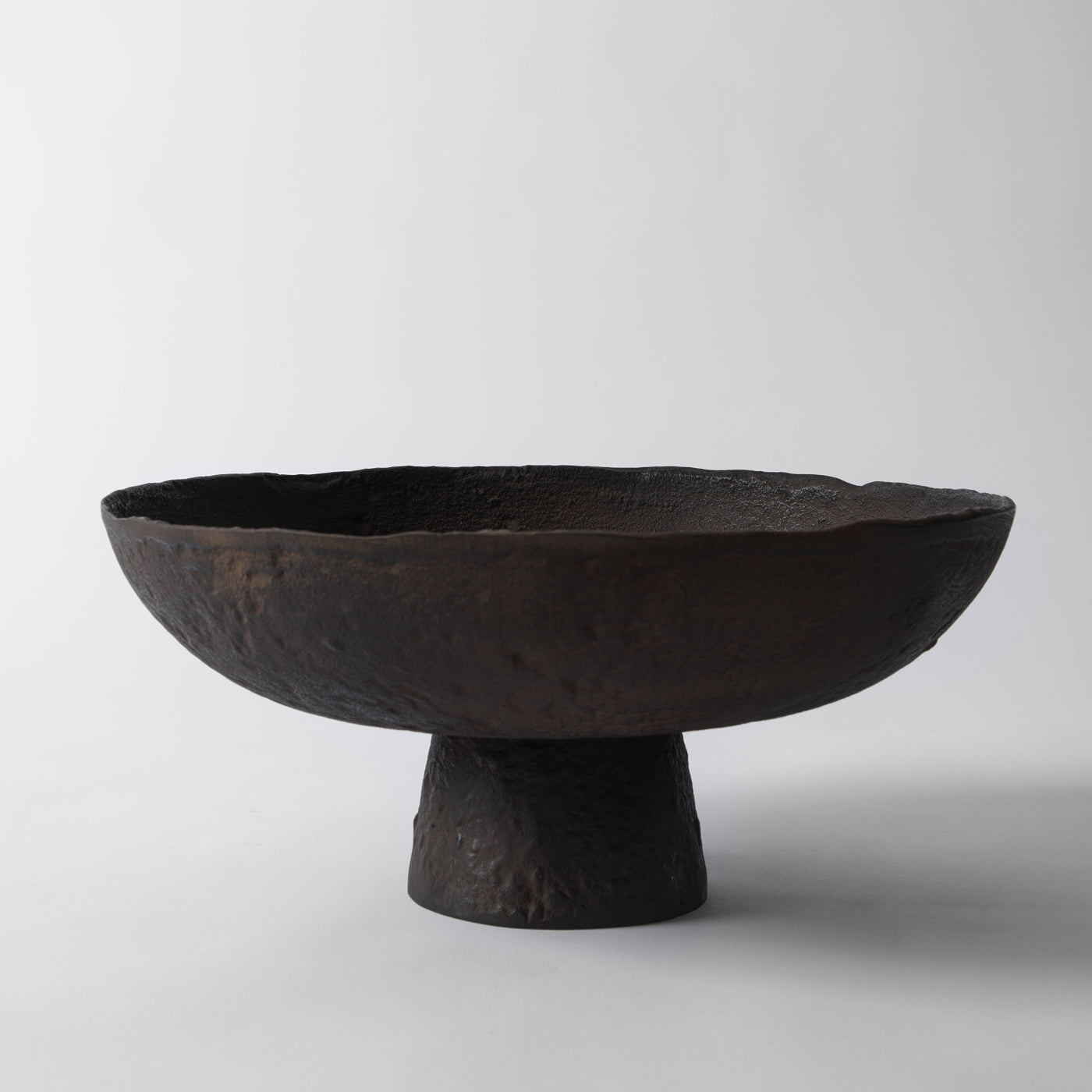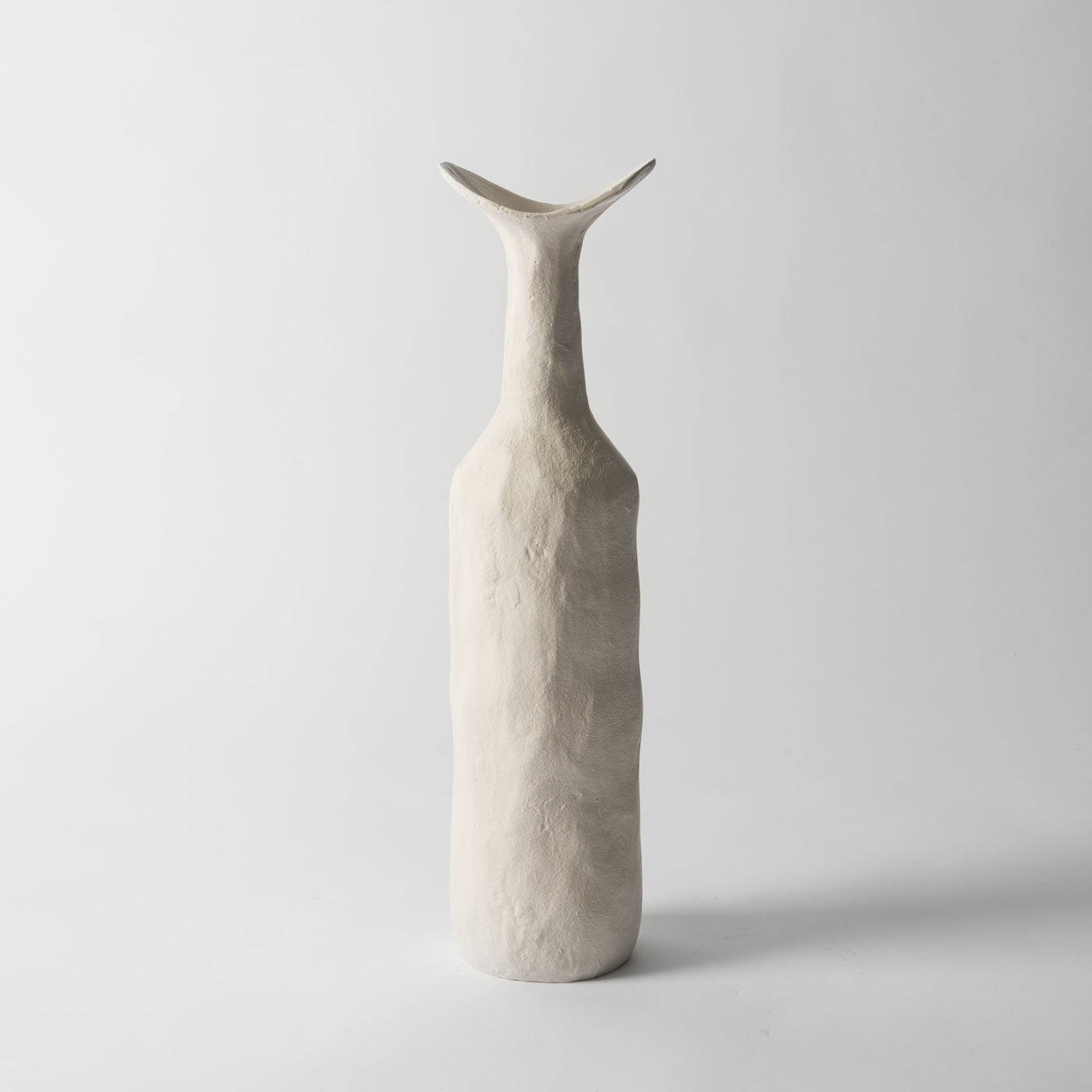As an elegant fusion of modern Japanese and Scandinavian design principles, Japandi has become a hugely popular design trend.
By combining the Scandinavian concept of hygge, which finds pleasure in the simplest things, and wabi-sabi, which finds beauty in imperfection, Japandi creates spaces that are simple yet inviting. Both trends celebrate natural materials and minimalist design, which is why they work so well together to create stylish, modern and functional spaces.
In this article, we’re taking a look at Japandi living rooms, and how to make sure you get the most important elements right to nail this beautiful aesthetic. From the choice of materials and colours to which types of furniture best embody Japandi design, this guide will give you everything you need to know about designing a stunning yet practical Japandi living room.
Natural materials

SHOP - Baldr Japandi Coffee Table
Japandi interior design celebrates sustainability and natural materials, with wood, bamboo, hemp, stone, marble and linen being popular choices for furniture and accessories.
While traditional Japanese design tends to include darker wood, the Scandinavian influence means that Japandi favours light woods like oak. However, dark wood does have a place in Japandi living rooms and can create an interesting contrast when used cautiously.
Wood and other materials are usually left unstained and untreated, allowing their natural beauty to show through. This also supports the aspects of sustainability championed by both Japanese and Scandinavian design, focusing on high-quality, natural materials to create pieces that last a lifetime instead of succumbing to modern throwaway culture.
Minimalist design

SHOP - Fika Oak Coffee Table
Minimalism is popular in both the Japanese and Scandinavian influences of this design trend, making it an integral part of creating any Japandi space.
Make sure to incorporate clean, sleek lines and curves that are pleasing to the eye, and avoid vibrant colours, complex designs and anything that creates clutter. Purchase only the most essential elements, choosing fewer pieces of a higher quality to make a statement.
A Japandi living room should be a practical, open space that flows well and is a pleasure to use. To increase the functionality of the space without compromising on the minimalist aesthetic, opt for storage units with cupboards and drawers, so items can be packed away.
Stick to Japandi colour palettes

SHOP - Skalep Terracotta Plinth
One thing that is instantly recognisable about the Japandi look is its neutral palette. It embraces white, cream, beige, grey and pastel reds as its main tones, with black and gold serving as contrasting colours.
However, there’s no need to go for a completely monochrome look, which can sometimes look a little stark and uninviting. When creating a Japandi living room, opt for furniture and accessories in warmer colours and add a few plants for greenery, which will help to create a welcoming atmosphere.
If you’d like to incorporate more colours, you might want to lean towards muted blues, greens and browns, which complement the natural materials favoured in Japandi design. The easiest way to add colour without straying too far from the Japandi palette is to limit bolder colours to accessories like vases, cushions and rugs, and keep large pieces of furniture neutral.
Japandi living room furniture
The furniture is perhaps the most important part of any living space. When creating a Japandi living room, your furniture needs to find a balance between comfort and minimalism while injecting a touch of rustic, natural charm.
Japandi coffee tables

Umeko Travertine Coffee Table
Honouring Japanese traditions, Japandi coffee tables are often lower than average, measuring around 30 – 35cm high. As well as making them suitable for sitting on the floor to eat and drink, this lower height helps to open up the space and improve sightlines for a clean, uncluttered effect.
Japandi sofas
Japandi sofas embrace all the elements we’ve just looked at. They are understated in terms of colour and design, favour natural materials, and are often low to the ground. Some great options include cotton upholstery in neutral, earthy tones, sofas with a wooden frame or legs, or even a futon for a traditional Japanese feel.
Woven natural materials

Kiruna Beige Cotton Throw
With its natural inspiration and muted colour palette, Japandi design often incorporates natural woven materials such as rattan, wicker and cane. Rattan is a great material for everything from accent chairs and footstools to coffee tables and cupboards, helping even large pieces of indoor furniture to feel less imposing.
Fluted designs

SHOP - Skalep Terracotta Coffee Table
From ribbed side tables to pendant lights, fluted designs are very popular in Japandi-inspired rooms. Comprising single, muted colours and elegant, clean lines, this design can be quite bold without overpowering a space.
Japandi lighting

SHOP - Tuva Opal Glass Pendant Light
When it comes to lighting, it’s important to opt for practical, understated designs that uphold the key principles of Japandi design.
White glass or paper pendant lights make a statement while still embodying the aesthetic’s neutral, minimalist themes. These minimalist pendant lights make for the perfect choice, echoing traditional Japanese paper lanterns with a sleek design that looks great in groups of differing heights.

Midgard Rattan Lampshade
Rattan and jute lampshades also work well for Japandi lighting. As well as combining natural materials and neutral colours, the open design offers a soft diffusion of light for your Japandi living room that feels warm and inviting.
Japandi walling

If you want to take your Japandi living room to the next level, installing wooden slats or panels on the walls will instantly turn any space into a Japandi-ready canvas.
What’s great about Japandi walling is the ability to do as much or as little as you like. From completely panelling the entire room to creating a single statement wall contrasting against smooth, neutral surfaces, you can be subtle or daring in your approach.
Certain projects may require a carpenter to create bespoke wooden slats, but ready-made wooden wall panels are also available on the market, making installation quick and easy. Composite panels offer a more budget-friendly approach than solid wood, and you can even find wallpaper designed to look like wooden panels.
Japandi flooring
Wooden flooring is the ultimate go-to for any Japandi-inspired room, drawing on the style’s love of natural materials and neutral colours.
Whether you opt for solid wood or laminate wood-effect flooring, light woods are key to creating a clean, open and spacious feel in your Japandi living room. Reclaimed wood is also a popular choice, offering increased sustainability for the environmentally conscious.
Finishing your floor with a bamboo, seagrass or a jute rug is the perfect way to create a cosy atmosphere while still honouring the natural materials and neutral tones of the Japandi aesthetic.
Textures and layering

Sjakk Cotton Cushion Large
Use a variety of textures and materials throughout the space to make sure your Japandi living room feels inviting and encourages a tactile response.
From cushions and throws to artwork and accessories, there are lots of ways to build interesting layers to create a more studied look that ties each piece together. Think a cotton scatter cushion placed on top of a woven rattan pouffe, or a wooden bowl on top of a bamboo placemat.
If chosen well, these additional textures and layers can be the difference between a few pieces of mismatched furniture and completely nailing the Japandi trend. Remember to err on the side of minimalism and avoid crowding the space by only adding texture where it feels necessary.
Japandi wall art

Abstract art in black, white and beige tones will look great in any Japandi living room, while Japanese calligraphy or watercolour landscapes add a subtle nod to the culture behind the aesthetic.
When choosing your wall art, remember to keep the main principles of Japandi style in mind. Select simple, understated designs in neutral colour palettes, and hang a few key pieces sparingly to emphasise the calm, airy atmosphere.
You can also incorporate the principles of texture and layering into your wall art. Instead of hanging framed pieces, try propping them up against a wall and overlapping the frames. Another great option is abstract 3D pieces, which can add interesting texture to the walls.
Japandi-style vases & ornaments

SHOP - Fagus Concrete Vase
A few carefully chosen ornaments can help to reinforce your chosen design aesthetic, and are easy to switch out with the seasons to freshen up and revamp the space.
As with any other aspect of creating your perfect Japandi living room, make sure not to go overboard. Keep ornaments to a minimum to prevent clutter, and opt for natural materials like wood, stone, earthenware and jute.
Minimalist sculptural vases are a great addition to coffee tables and shelves, and can either be left empty or styled with plants and flowers for a pop of colour. Traditional Japanese-style teapots, wooden bowls, woven baskets and metal lanterns are all great choices to add character to the space.
Our final thoughts on Japandi living rooms

Once you understand the fundamentals of this beautiful interior design trend, it’s easy to mix and match your favourite elements to create your perfect Japandi living room.
It’s worth noting that the most important thing is that your living room works for you. Even if you stray a little from the key aspects of Japandi, an elegant yet functional space that borrows heavily from these design elements will still look great.

